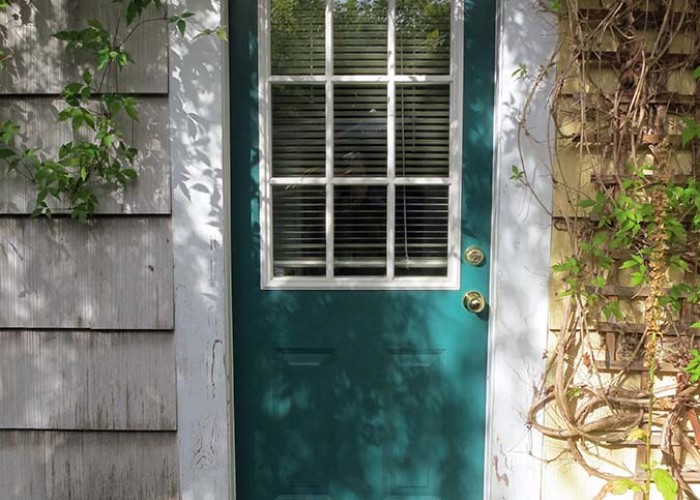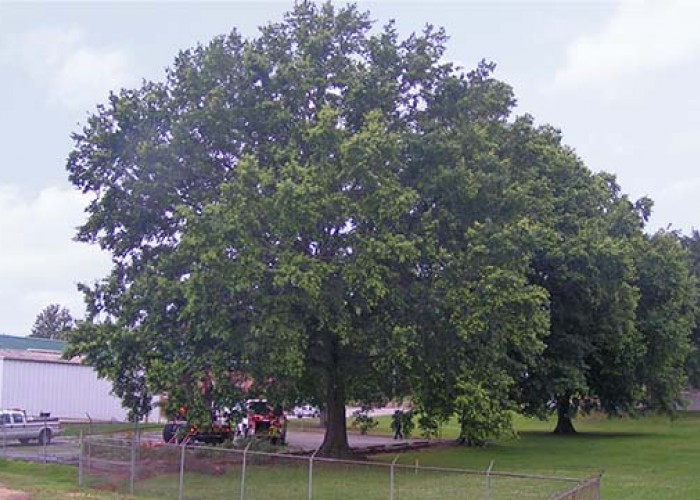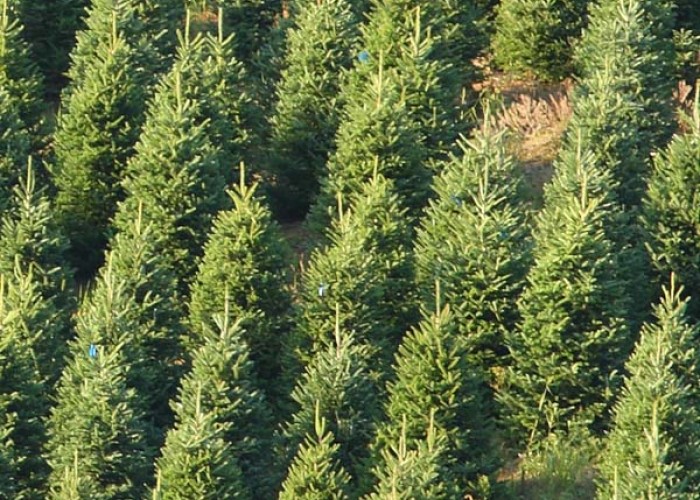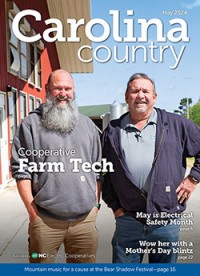Caring for the Trees That Care for Us
Arbor Day Foundation tips for planting trees
By Joan WennerThis year, the Arbor Day Foundation celebrates 50 years of inspiring people to plant, nurture, and celebrate trees.
Experts agree on the need to share knowledge on protecting trees now for healthy forests in the future, and states, cities, towns, electric utilities and individuals are working diligently to do just that. As the weather warms and you look to spend at least part of your day outdoors on a trail, in a park or in a shaded backyard spot, here are some Arbor Day facts to keep in mind:
- An early pioneer, J. Sterling Morton is said to be among many that moved into the Nebraska Territory in the mid-1800s. He and his wife noticed the lack of trees and began planting trees, shrubs and flowers, which led to the founding of Arbor Day (from the Latin arbor, meaning tree).
North Carolina officially recognizes Arbor Day on the first Friday after March 15 (March 18 this year).
- Nebraska and some other states recognize Arbor Day in April, to correspond with Morton’s birthday. North Carolina officially recognizes it on the first Friday after March 15 (March 18 this year).
Communities can also recognize their own Arbor Day — fall is a good choice for scheduling plantings. “The generally mild winters allow newly planted trees to become established in advance of the next year’s hot spring and summer weather, improving survival,” according to the NC Forest Service.
The Arbor Day Foundation has extensive information for landowners, including planting advice. Here are a few tips if you plan to plant a tree:
- Be aware of power lines and plan for future growth when planting: Tall trees such as maple, oak, spruce and pine should be at least 50 feet away from power lines; medium trees (growing 40 feet tall or less) should be at least 20 feet away. Avoid planting any tree within 20 feet of power lines — if it’s unavoidable, stick to varieties that reach a mature height of 15 feet or less.
- Before you start digging to plant a tree, call 811 to locate buried utility lines.
- Choose trees wisely with native species being best for a “natural” framework on your property. You can also try what is called “food-scaping” by planting garlic, basil, mint and other shade-loving edibles among the trees.
Electric Co-ops and Healthy Trees
North Carolina’s electric cooperatives take a thoughtful approach to right-of-way management along power lines, which includes tree trimming to reduce outages during wind and ice storms. Co-ops follow best practices to keep the health of vegetation and wildlife in mind (see “A Thoughtful Approach to Keeping Lines Clear,” December 2019).
Monroe-based Union Power Cooperative, for example, has consistently been named a Tree Line USA utility by the Arbor Day Foundation to recognize a commitment to proper tree pruning, planting and care.
“We work diligently to keep our rights-of-ways safe for our members, employees, and communities,” says Union Power Manager of Vegetation Management Wil Ortiz.
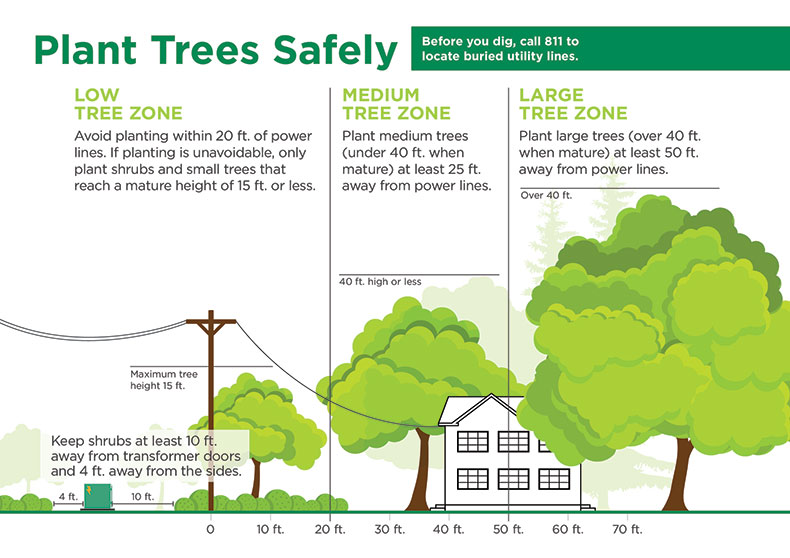
About the Author
Joan Wenner, J.D., is a longtime writer residing in Pitt County. She welcomes comments at joan_writer@yahoo.com.-
Love trees
-
Share this story:


